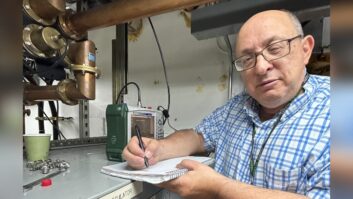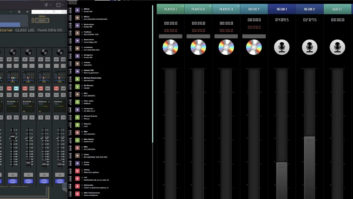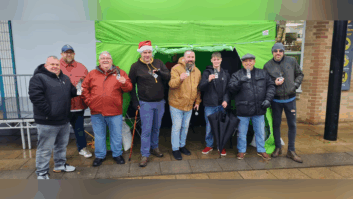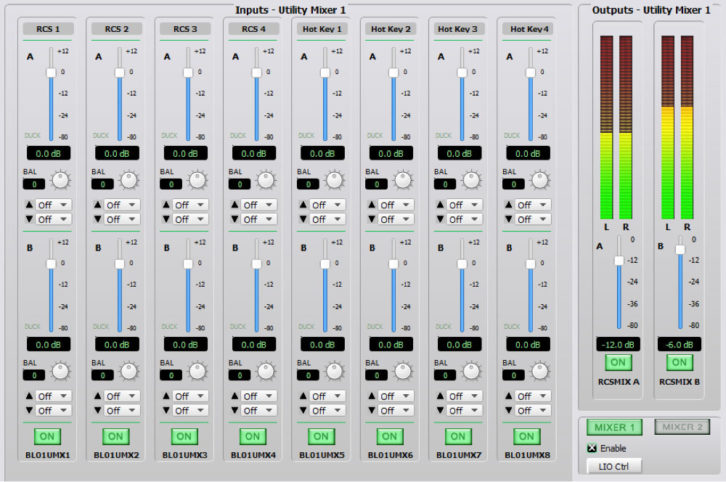
We seem to be headed down two tracks on our way to the broadcast facility of the future.
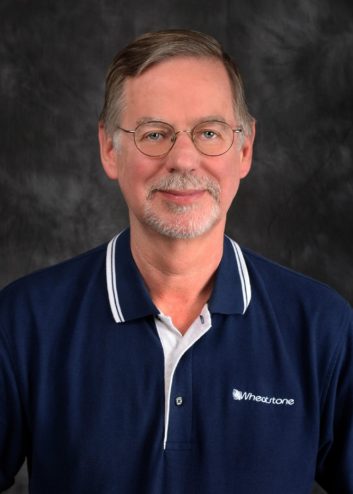
One is the appliance track, where we are migrating away from the model of apps running on a Windows PC and moving functions instead onto one dedicated appliance that isn’t subject to the finicky PC.
These are generally specialized AoIP or automation appliances that are Linux-based and therefore do not require Windows drivers, updates or PCs. Good examples are streaming appliances like Streamblade or Wheatstream that replace multiple PCs by putting everything streaming related into one AoIP Linux appliance.
The other is the app track, which takes us to the cloud and away from hardware in the rack room.
Here, we are offloading functions to the cloud where they can be remotely reconfigured, maintained and provisioned on a case-by-case basis. At its most ideal, centralized cloud-based applications will give us the ability to dial up encoding, IFB, routing, mixing, playback and even the kind of console needed for a given show or operator skill level.
Wheatstone, Xperi and other broadcast product makers are working on cloud-based apps using cloud technologies such as container platforms like Docker that will make it possible to transition from the entirely fixed-location studio to a more virtual operation.
Already, many of these apps exist. We know of broadcasters who are containing audio drivers in a virtual machine onsite in preparation of eventually offloading that part of their operation to the cloud and others who are putting multiple studio workflows from multiple locations in a one-stop virtual interface.
Moving it all to the cloud can downsize space requirements in the rack room and shift engineering management to an offsite provider. Eliminating any piece of gear in the air chain along with its connectors and potential points of failure is a good thing, and that goes for specialized appliances too, because these can replace more generic PC-based functions and also reduce space requirements and engineering management.
Coexistence
There are advantages and disadvantages of both the cloud-based app model and the appliance model.
Offloading functions to Microsoft, Amazon or other cloud provider takes away the cost and upkeep of hardware in the rack room but leaves you subject to third-party vulnerabilities. On the other track, having an appliance onsite gives you some of the consolidation benefits of an all-in-one rack unit similar to the cloud model, although at the additional expense of on-premise infrastructure and upkeep.
It doesn’t have to be one way or another, fortunately. There are many different ways to divide and subdivide that signal chain between functions in the cloud and functions onsite in an appliance.
For example, it’s possible to have automation and mixing functions in the cloud but maintain control from a local virtual or hardware interface. If your playback is being done mostly off a cloud server, you might have a virtual control surface in the studio that is talking to a mix engine in the cloud. Similarly, you could also be receiving your mic audio from a codec that’s in the cloud.
More likely, the broadcast facility of the future will use a combination of both: appliances for consolidating functions into a single 1RU box that eliminates a bank of Windows PCs yet the use of cloud for shared mixing, routing or removes streaming and automation without the real estate, upkeep and of the Windows PC.
We’ll likely arrive at the future broadcast facility from both tracks, and not entirely from one or the other.

